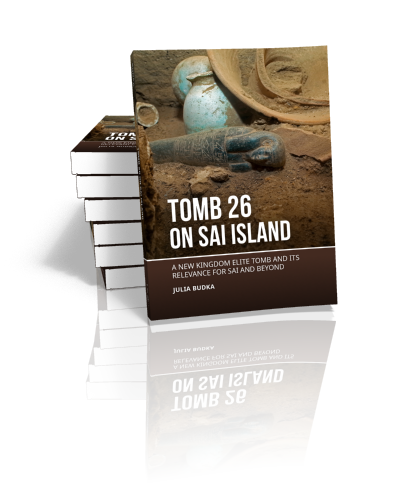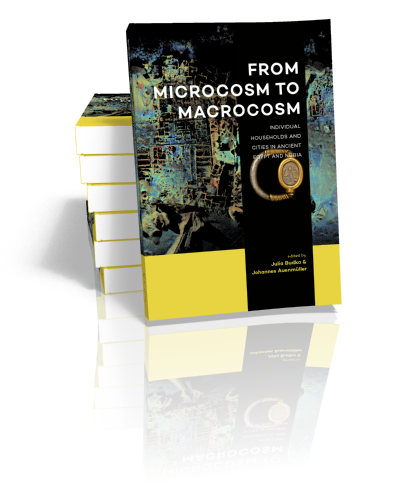Prof. dr. Julia Budka

Julia Budka studied Egyptology and Classical Archaeology at the University of Vienna and received her PhD in Egyptology, University of Vienna in 2007. She held a researcher position at Humboldt University Berlin (2004-2012) and was a temporary replacement Assistant Professor at the University of Vienna (2011-2012). With a START Prize 2012 and ERC Starting Grant 2012 she implemented her project AcrossBorders at the Austrian Academy of Sciences. Since 2015, Julia Budka is Professor of Egyptian Archaeology and Art, LMU Munich. In 2019 she received an ERC Consolidator Grant for the DiverseNile project. Her speciality fields are Egyptian field archaeology and material culture; she conducts excavations in Sudan and Egypt, both at funerary and settlement sites, especially at Luxor (Thebes), Sai Island and between Attab to Ferka (MUAFS and DiverseNile projects).
Her main publications include four monographs (Der König an der Haustür, Vienna 2001; Der Schönbrunner Obelisk, Vienna 2005; Bestattungsbrauchtum und Friedhofsstruktur im Asasif, Vienna 2010; AcrossBorders 2: Living in New Kingdom Sai, Vienna 2020) and eight edited volumes (e.g. From Microcosm to Macrocosm. Individual households and cities in Ancient Egypt and Nubia, edited with Johannes Auenmüller, Leiden 2018; AcrossBorders I, The New Kingdom Town of Sai Island, Sector SAV1
Books by Julia Budka
Tomb 26 on Sai Island
A New Kingdom elite tomb and its relevance for Sai and beyond
Julia Budka | 2021
New Kingdom burial customs in Nubia (northern Sudan) are well traceable by means of large cemeteries, in particular Egyptian style rock-cut shaft tombs with pyramidal superstructures. These tombs and their contents have lately been discussed…
From Microcosm to Macrocosm
Individual households and cities in Ancient Egypt and Nubia
Edited by Julia Budka & Johannes Auenmüller | 2018
As reflected in the title “From Microcosm to Macrocosm: Individual households and cities in Ancient Egypt and Nubia”, both a micro-approach introducing microhistories of individual sites according to recent archaeological fieldwork incorporating interdisciplinary methods as…







